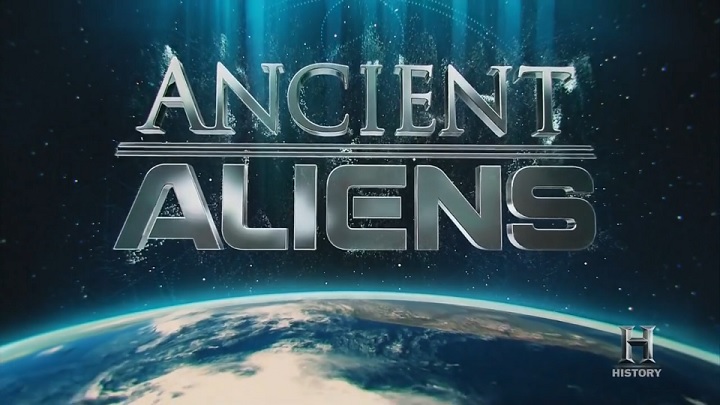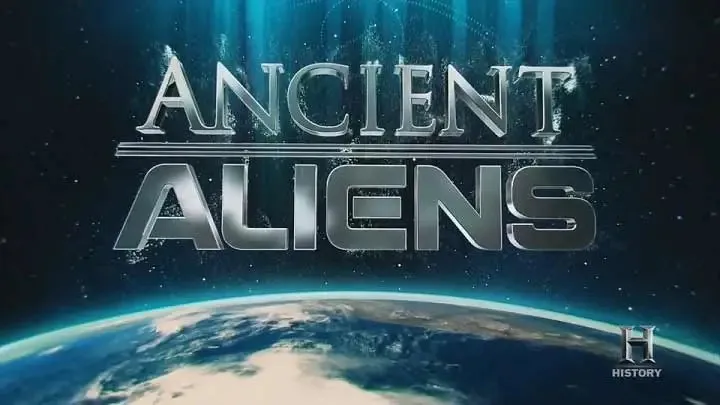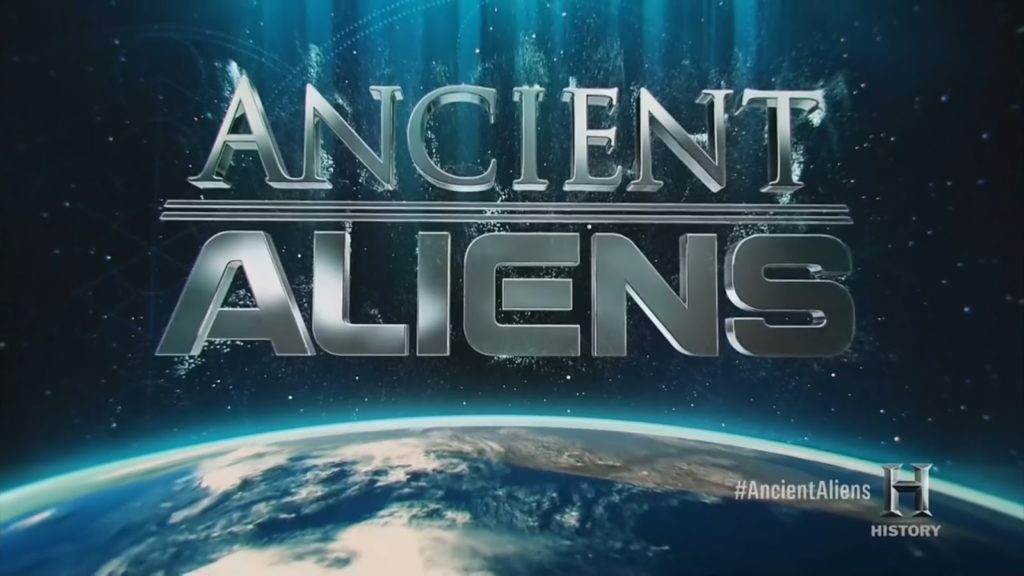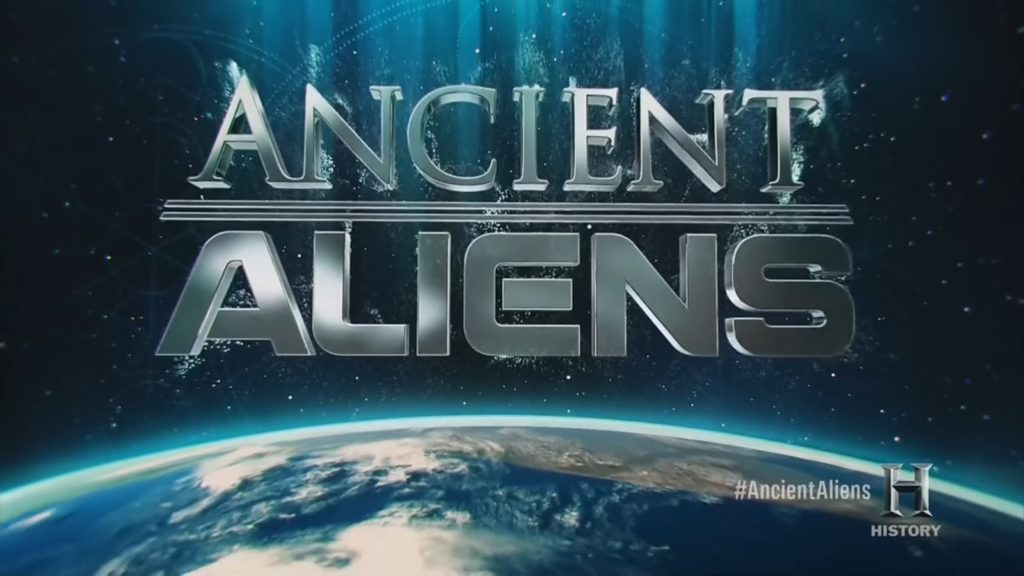Ancient Aliens – Aliens and Temples of Gold: Could gold be the ultimate link between humans and aliens? A church in southern France is said to hold the key to alchemy–and a gateway to another part of the universe. Locals in Cusco, Peru believe UFO sightings are connected to lost gold at the bottom of Lake Puray.
Alternative video server and download
And some believe underneath the Great Sphinx of Giza lies an entire library left behind by extraterrestrials–a library stored on gold.
Aliens and Temples of Gold
Paititi
Paititi is a legendary Inca lost city or utopian rich land. It allegedly lies east of the Andes, hidden somewhere within the remote rainforests of southeast Peru, northern Bolivia or southwest Brazil. The Paititi legend in Peru revolves around the story of the culture-hero Inkarri, who, after he had founded Q’ero and Cusco, retreated toward the jungles of Pantiacolla to live out the rest of his days in his refuge city of Paititi. Other versions of the legend see Paititi as an Inca refuge in the border area between Bolivia and Brazil.
In 2001, the Italian archaeologist, Mario Polia, discovered the report of the missionary Andres Lopez in the archives of the Jesuits in Rome. In the document, which dates from about 1600, Lopez describes a large city rich in gold, silver, and jewels, located in the middle of the tropical jungle called Paititi by the natives. Lopez informed the Pope about his discovery.
Lopez’ report and its discovery were widely publicized, though its content is third-hand and far from reliable, Lopez himself having never reached Paititi but only having heard about it from the natives. It focuses on the story of a miracle performed at the court of the king of Paititi by a crucifix taken there by a group of baptized Indians. Many other historical sources of the Colonial period (16th to 18th centuries) refer to Paititi, to its possible locations and to expeditions searching for it. Some of the most informative of these documents include those of Juan Álvarez Maldonado [es] (1570), Gregorio Bolívar (1621), Juan Recio de León (1623–27), Juan de Ojeda (1676), Diego de Eguiluz (1696).
Lake Guatavita
Lake Guatavita was reputedly one of the sacred lakes of the Muisca, and a ritual conducted there is widely thought to be the basis for the legend of El Dorado, “the golden one”. The legend says the lake is where the Muisca celebrated a ritual in which the zipa (named “El Dorado” by the conquistadors) was covered in gold dust, and then, venturing out into the water on a ceremonial raft made of rushes, dove into the waters, washing off the gold. Afterward, trinkets, jewelry, and other precious offerings were thrown into the waters by worshipers. A few artifacts of gold and silver found at bottom hold proof to this claim; however, to date, attempts to drain the lake or salvage the gold (see Lake Guatavita gold) have yielded no more than these.
Alchemy – Aliens and Temples of Gold
Alchemy (from Arabic: al-kīmiyā) was an ancient branch of natural philosophy, a philosophical and protoscientific tradition practised throughout Europe, Africa, and Asia, originating in Greco-Roman Egypt in the first few centuries.
Rennes-le-Château
The village church dedicated to Saint Mary Magdalene has been rebuilt several times. The earliest church of which there is any evidence on the site may date to the 8th century. However, this original church was almost certainly in ruins by the 10th or 11th century, when another church was built upon the site—remnants of which can be seen in Romanesque pillared arcades on the north side of the apse. This survived in poor repair until the 19th century, when it was renovated by the local priest, Bérenger Saunière. Surviving receipts and existing account books belonging to Saunière reveal that the renovation of the church, including works on the presbytery and cemetery, cost 11,605 Francs over a ten-year period between 1887 and 1897. With inflation that figure is equivalent to approximately 30 million Francs as of 2019, or 4.5 million Euros.




